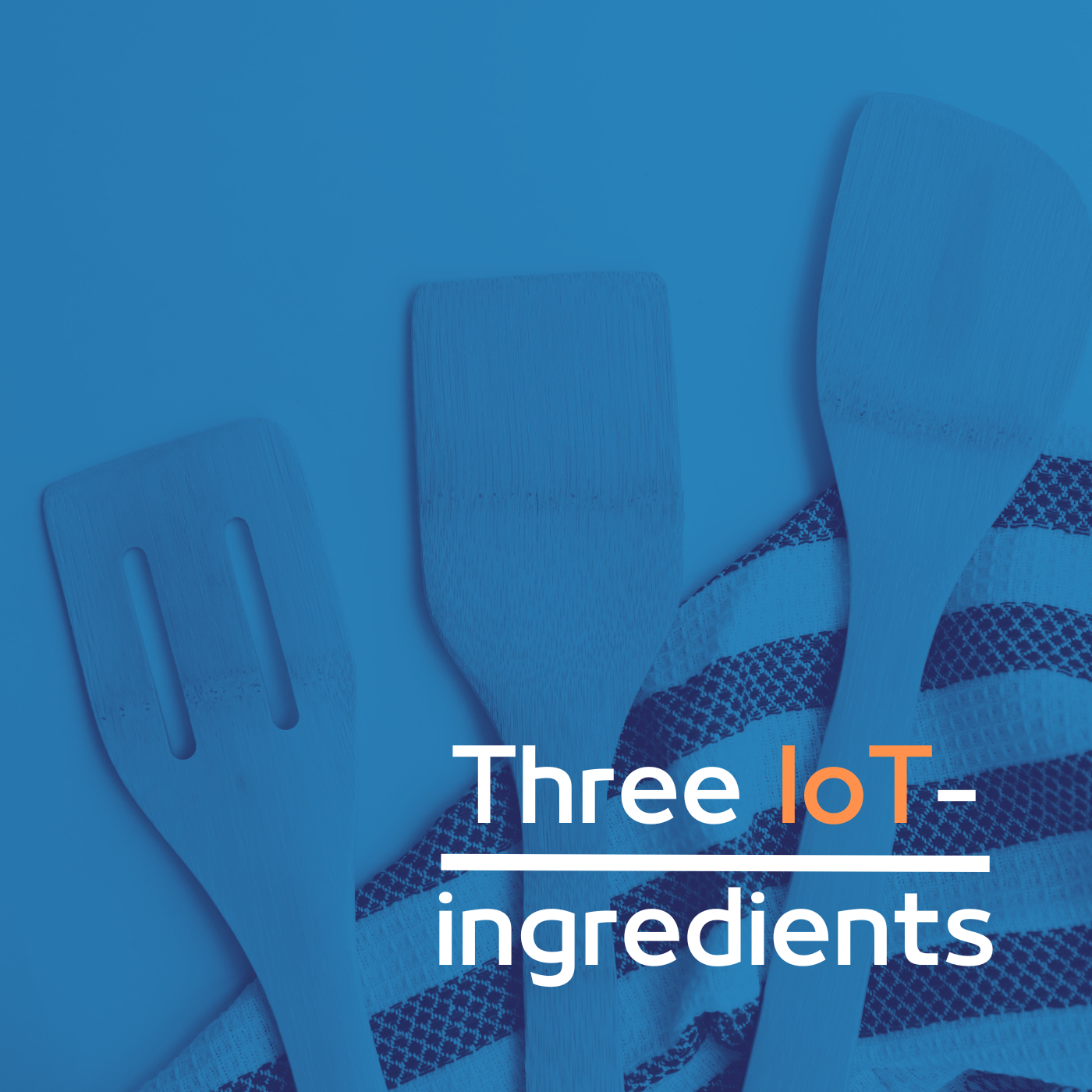IoT is like a recipe with three simple ingredients: devices to monitor, to track or to control something. Each element plays a crucial role in the IoT-ecosystem and is based on different types of devices. In this blog post, we’ll dive into the significance of these ingredients and explore how they enable remote control, data gathering, and location tracking, all while keeping an eye on emerging technologies that will shape the future of IoT.
The First Ingredient: Sensors and Data Gathering
Sensors form the backbone of IoT devices, enabling valuable data collection. These sensors can measure various parameters, such as temperature, humidity, and motion.
Stirring the Pot: Enabling Remote Control and Connectivity
Connectivity is a vital ingredient in the IoT recipe. It allows users to control and interact with IoT devices remotely. From turning on the lights in your home while you’re away to adjusting the temperature before you arrive, IoT brings convenience and enhanced control to our fingertips.
The Final Touch: Tracking and Beyond
Tracking is another key ingredient that takes IoT to the next level. By incorporating technologies like GPS and indoor positioning systems, IoT devices can track the location of objects in real time. Tracking opens possibilities for asset tracking, supply chain optimization, and enhanced security measures.
The Evolution of IoT Ingredients: Embracing 5G and Beyond
The future of IoT ingredients lies in the evolution of connectivity. The advent of 5G networks promises faster, more reliable connections, enabling even greater capabilities for IoT devices. Additionally, non-cellular 5G technologies will allow the tracking of small objects indoors, revolutionizing industries like healthcare and manufacturing.
Creating Your IoT Recipe: Customizing Solutions for Your Needs
IoT offers many possibilities for different industries and applications. Businesses can tailor IoT solutions to meet their requirements by understanding the key ingredients and capabilities. Whether optimizing processes, improving customer experiences, or enhancing efficiency, IoT can be customized to unlock its full potential.
FAQ
Q1: How do sensors contribute to the success of IoT devices?
A1: Sensors are integral to IoT devices, enabling data collection from the physical environment. They provide real-time information about parameters such as temperature, humidity, and motion, which is crucial for monitoring, decision-making, and automation.
Q2: Can you provide some real-world examples of remote control using IoT?
A2: Examples of remote control using IoT include turning on/off lights and appliances remotely, adjusting thermostat settings, unlocking doors, and controlling security systems through mobile applications or voice commands.
Q3: How can businesses benefit from incorporating location tracking into their operations?
A3: Location tracking in IoT can benefit businesses by optimizing logistics and supply chain management, improving asset tracking and inventory management, enhancing security and safety measures, and enabling personalized customer experiences based on location-based services.
Q4: What are the challenges of adopting 5G technologies for IoT implementation?
A4: Challenges of adopting 5G for IoT include infrastructure development, compatibility with existing systems, cost considerations, and security concerns. Additionally, managing the massive volume of data generated by 5G-enabled IoT devices poses a challenge for data processing and analysis.
Q5: Are there any limitations to the ingredients of IoT, and how can they be overcome?
A5: Limitations of IoT ingredients include connectivity limitations in remote areas, power constraints for IoT devices, data privacy and security risks, and the complexity of managing a vast network of interconnected devices. These challenges can be overcome through technological advancements, improved infrastructure, robust security measures, and standardization efforts.

